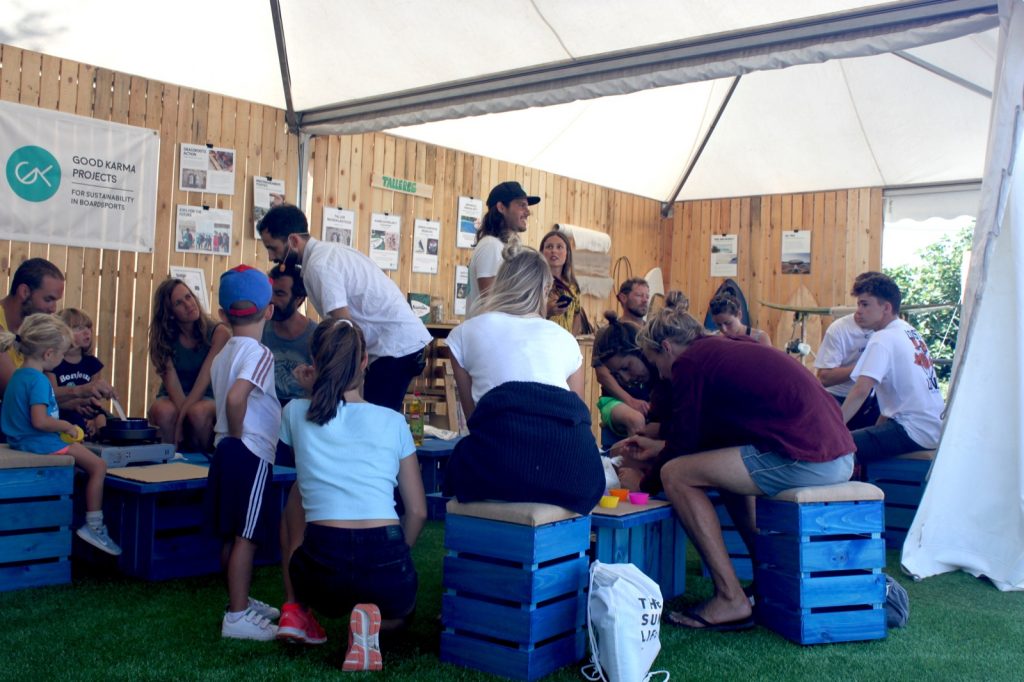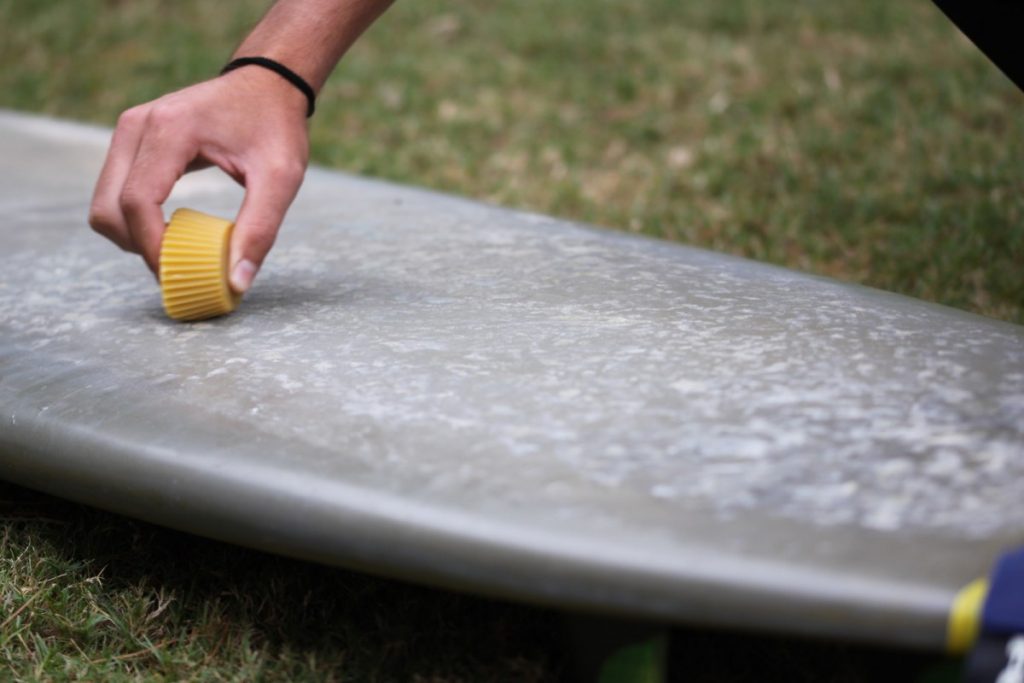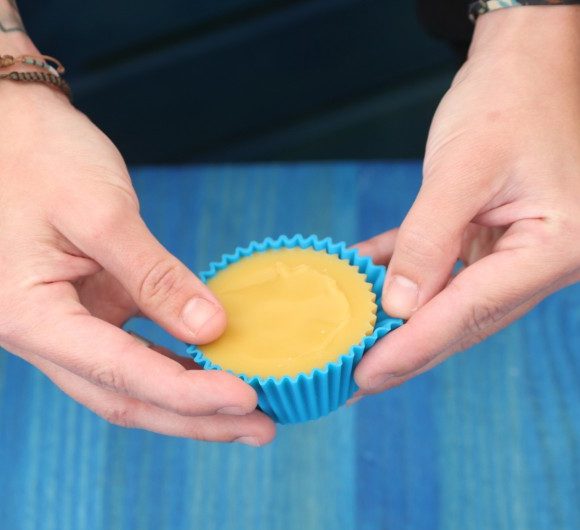Paraffin wax can negatively impact the environment because of its chemical makeup. Traditional surf wax is created with petrochemicals, which aren’t biodegradable and are toxic if digested.
For us, reducing the environmental impact while enjoying of our favourite sports is really important, therefore, today we want to talk about the surf wax.
It’s been a while now that we are running workshops in where we show how to make your own 100% natural surf wax. We did it in the past in the Barcelona Surf Festival and we did it again three weeks ago in the Abanca Galicia Classic Surf Pro.

The main goal of this workshops is to introduce an eco-friendly alternative to tradicional surf wax made out of paraffin but also to promote the idea that everyone have the capacity to create, repair and reinvent.
However, wax can negatively impact the environment because of its chemical makeup. Traditional surf wax is created with petrochemicals, which aren’t biodegradable and are toxic if digested.
Ever since it was introduced in 1935, wax became an essential component in any surfing kit. Surfers, bodyboarders and skimboarders apply wax to the deck of their boards to keep them from slipping off when paddling out or riding a wave.
It is considered that six billion bars of surf wax are purchased annually worldwide and that about 95 percent of them contain these petroleum by-products.
Yes, surf wax has developed over the years. But, how good is it for our earth and oceans? Today’s surfing waxes now have other substances mixed into the paraffin base in order to make it more marketable to surfers. White, blue, pink, with coconut or bubblegum aroma, the choices today are unlimited. Chemicals are used to texturize the wax, artificial dyes for color and synthetic fragrances to create “nice” smells.
But still, paraffin is used as the main ingredient. The problem with paraffin is that it is a by-product of petroleum. This means that in order to make paraffin, you have to process petroleum first, and we know how environmentally destructive petroleum processing technologies are.
A lot of toxic chemicals are used to produce paraffin for the consumer market. The substance, which starts out as black sludge, undergoes a bleaching process that emits dioxins. Dioxins are highly toxic and can cause reproductive and developmental problems, damage the immune system, interfere with hormones and also cause cancer. Dioxins are environmental pollutants. They belong to the so-called “dirty dozen” – a group of dangerous chemicals known as persistent organic pollutants (POPs).
After the bleaching process, the white ooze is then further processed by adding chemicals which solidify the substance into solid paraffin. The most common chemical used is acrolyn, which also has been shown to cause cancer. And by the time the surfing wax bar has reached commercial stores, it will contain other additives potentially toxic.
Look at these figures: it is considered that six billion bars of surf wax are purchased annually worldwide and that about 95 percent of them contain these petroleum by-products. The numbers are alarming, and all this wax not only will it have a significant risk on the health of surfers, but it will also pollute the ocean since the wax will eventually degrade off a surfboard and enter the marine ecosystem.
What are the alternatives?
The increase of conscious consumers and the growing movement for more responsible surfing have made it easier to find alternative products with a lower environmental impact.
For the wax, we recommend to look for organic and eco-friendly waxes, that use 100% natural products and steer away from petrochemical-based products.
or…You can do it yourself!
As we did in our latests workshops with the collaboration of Kaloca and Ula Ola, to do your own natural wax is quite easy and anyone should be capable to do it.
Beeswax, tree resin, coconut oil, olive oil… are some of the ingredients you can use.
If that’s what you are looking for stay tuned to our website and soon we will release a tutorial on how to make your own natural wax.





